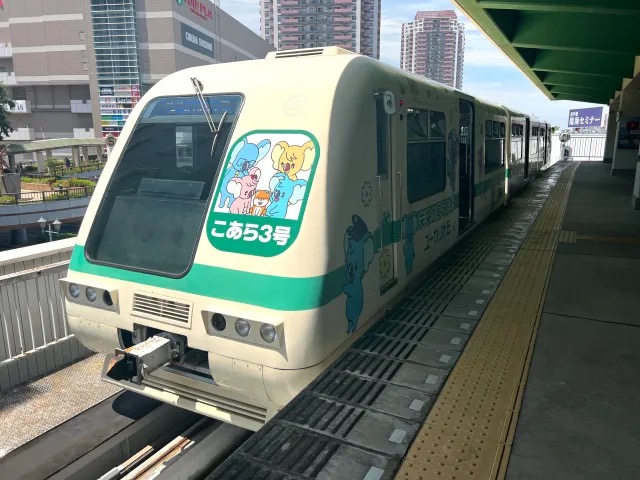
The Yamaman Yukarigaoka line combines modern technology with cute analogue details.
We’ve ridden on all sorts of public transportation in Japan, but out of all of them, the one that’s etched itself onto our hearts is an automated people mover on the Yamaman Yukarigaoka Line in Sakura City, Chiba Prefecture.
This private railway line is charming for a whole lot of reasons, starting with the fact that it was built by the Yamaman real estate company to service residents in Yukarigaoka New Town, which the company developed.
The people mover connects to the Keisei Main Line, which runs between Tokyo and Narita Airport, at Yukarigaoka Station and runs on a loop through five stations around the residential area, making it unique as a mode of transport developed solely for a town.
To experience all the charms of the train, it’s best to board it, and to do that, you have to hop off a Keisei Main Line train at Yukarigaoka Station…
▼…then exit the ticket gate and turn left to cross the plaza.
▼ This takes you over to Yamaman Yukarigaoka Station.
▼ Enter the station and go straight to the end…
▼ …where you’ll find the ticket gates for the people mover.
▼ This brings us to another “charm point” of the train — the entry system.
Tap-and-go prepaid transport cards like Pasmo and Suica can’t be used here, so you’ll need to purchase a ticket, which is priced at a flat rate of 200 yen (US$1.34).
What you’ll receive is a “QR Ticket”,which needs to be tapped on the machine at the gate when entering.
That process might seem simple enough, but when you get to the gate things can become a little confusing because a facial recognition-based boarding management system was installed here in June. This is the only place in Japan to have such a system, which is a big accolade for a small railway line.
Our reporter Kouhey was on the scene to ride the people mover, but he encountered problems as the screen on the tablet lit up as he approached it, prompting him to show his ticket to the camera.
However, this was the wrong approach — he had to hold the QR code over the reader on the side of the ticket gate and then he was allowed through.
As he headed to the platform, he did a bit of research online and realised that the facial recognition system requires you to register your credit card information and face photo on a website beforehand. If he’d done that, he would’ve been able to try the new technology, but instead he had his paper ticket, and he marvelled at how such contrasting old and new systems were concurrently in place at the station.
As he waited for the light rail to arrive, he looked out at the streetscape, which suggested this was a bustling town.
The average number of trains is about three per hour, which is more than what you’d get in rural areas, but less than what you’d find in a big city.
▼ The waiting room looks like something you’d see in the countryside, but it was air-conditioned and comfortable.
When it arrives, the three-car automated people mover looks incredibly cute with its pastel colours and koala design.
▼ The company refers to it as the “Koala Bus“.
Inside, the carriage is smaller than a regular train, and it seems to be a bit older, but what you’ll notice as soon as you board, especially in midsummer is…
▼ …there’s no air conditioning!
With no air conditioning and not even an electric fan on board, the upper windows are all open to let in a breeze. However, this being Japan, which is famous for its “omotenashi” (“hospitality”), the railway operators have come up with a solution to help passengers battle the heat on board.
▼ つめた〜いおしぼり (“tsumetaai oshibori”), which means “cold wet hand towels“.
A quick look around the carriage reveals a charming little esky on a seat in the corner, where passengers can help themselves to…
▼…chilled hand towels!
The towel was freezing cold, thanks to the icy bottle of water it was laid upon. Although it was a very analog cooling method, it worked remarkably well, especially when used on the wrists and face, providing a feeling of refreshment you can’t get from air conditioning.
What’s more, there are fans for passengers to use, which feel particularly nice when you use them on freshly cooled skin.
The breeze that comes in through the windows is also surprisingly pleasant, keeping you cool enough, even without air conditioning. It was like stepping back to a time before mod cons, and it felt healthy and invigorating to cool down in a natural way rather than being blasted with cold air from a machine.
▼ Departing from Yukarigaoka, the round trip on the loop line takes about 15 minutes, with six stations in total.
▼ The first station after Yukarigaoka is Chiku Centre, which means “District Center“.
▼ The next station past that is Kouen, which means “Park“, likely named for the fact that there’s a large park here called Yukarigaoka Minami Park.
After this point, the train proceeds around a counterclockwise loop, stopping at Joshidai, which means “Women’s University“, where you’ll find a women’s university seminar house.
▼ And then we come to “Chuugakou“, another beautifully simple station name, meaning “Junior High School“.
Chuugakou is so named as it’s the nearest stop for Ino Junior High School, and the final stop on the loop is called “Ino”.
While the stations have charming names, the scenery is just as delightful, offering views of both the big town hustle and bustle…
▼ …and idyllic countryside locations.
After stopping at Ino, the train heads back to Kouen and Chiku Centre before returning to Yukarigaoka, which means “Eucalyptus Hill“, making it the perfect home for these sweet koalas.
▼ Koalas at Eucalyptus Hill is a concept that’s too cute for words.
A trip on the Koala Bus is one that everyone should try at least once, and as it’s on the route between Tokyo and Narita Airport, it’s easily accessible for foreign tourists on their way into or out of Japan. It’s a cute introduction to what’s possible on Japan’s public transport system, which also includes a streetcar called the Tokyo Sakura Tram.
Related: Yamaman Yukarigaoka Line
Photos ©SoraNews24
● Want to hear about SoraNews24’s latest articles as soon as they’re published? Follow us on Facebook and Twitter!
[ Read in Japanese ]

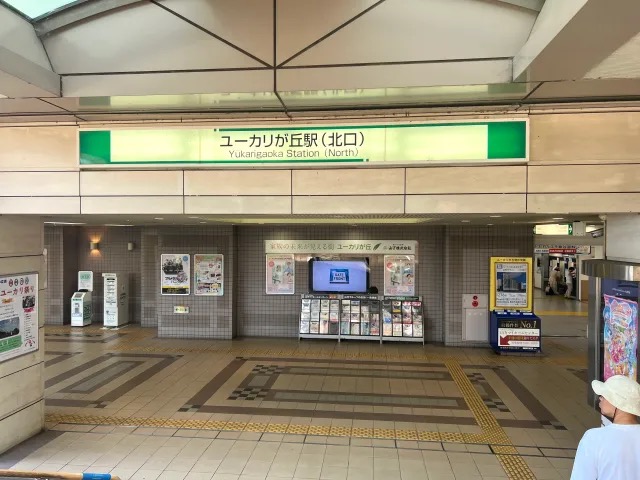
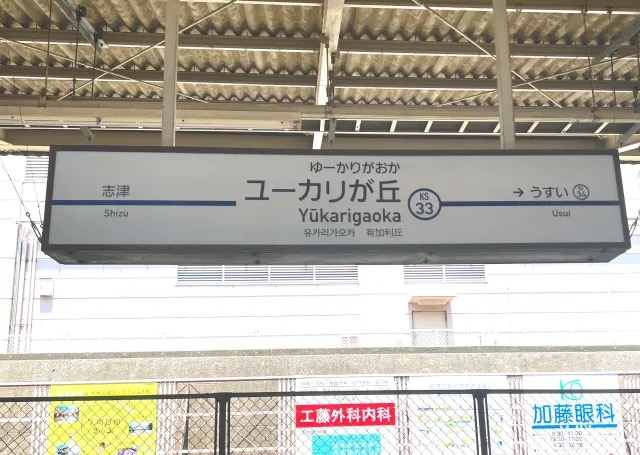
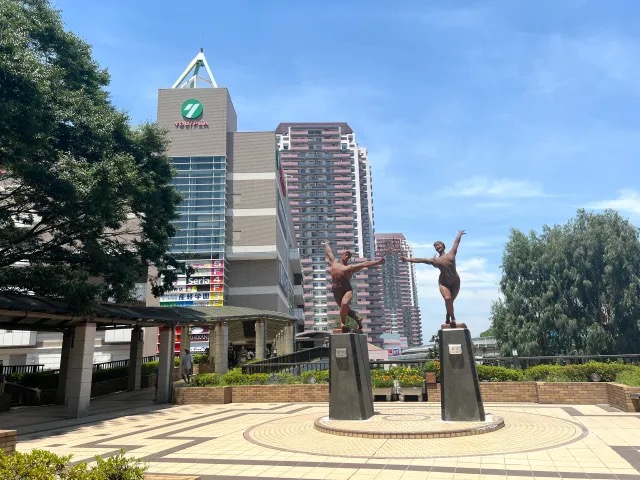
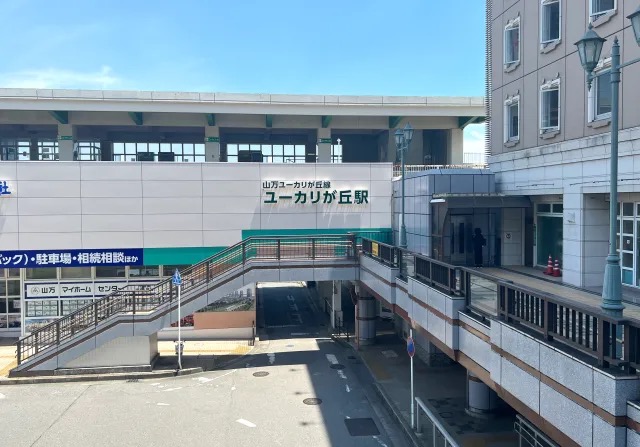
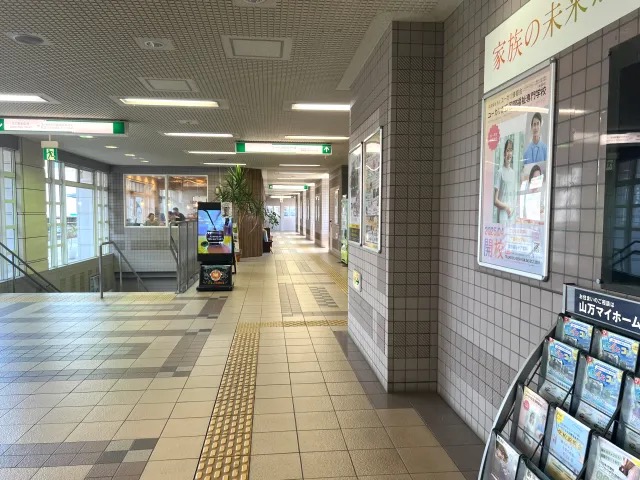
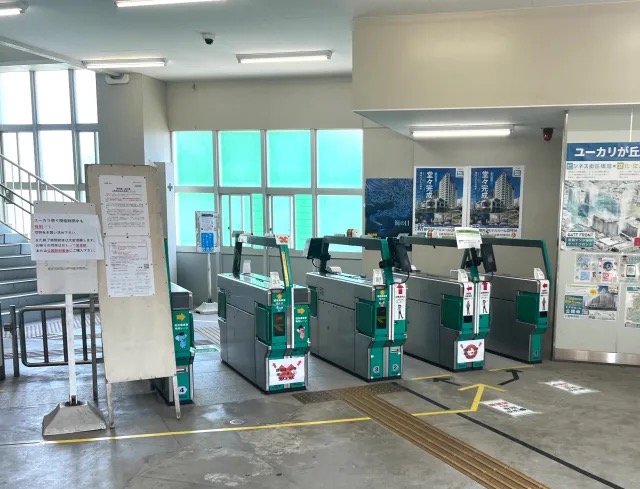
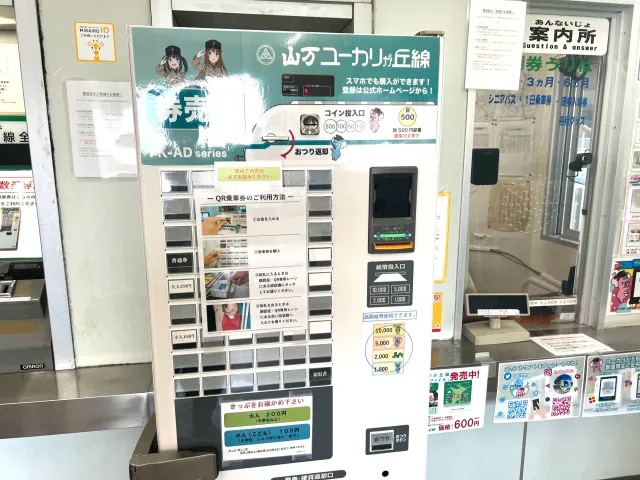
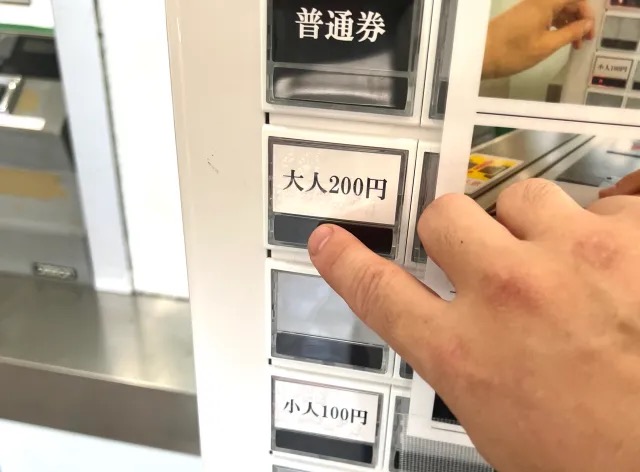

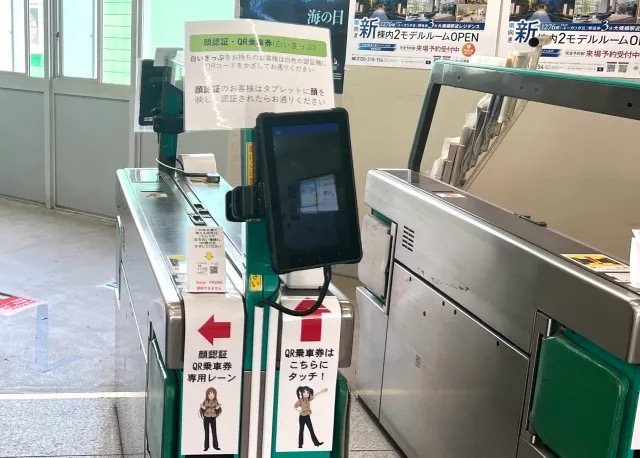
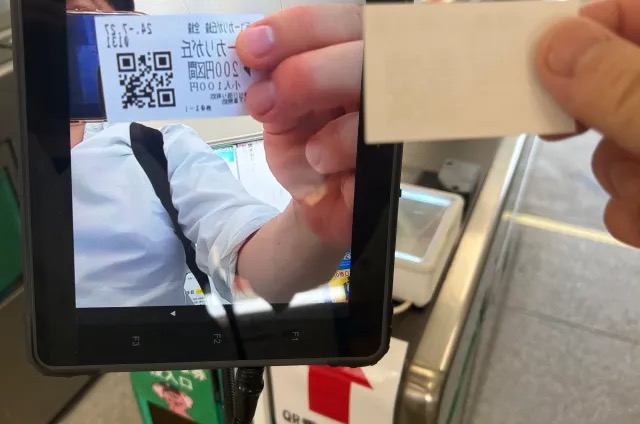
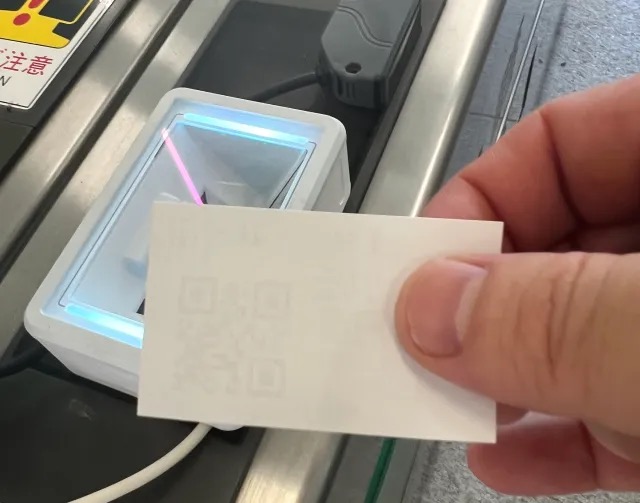
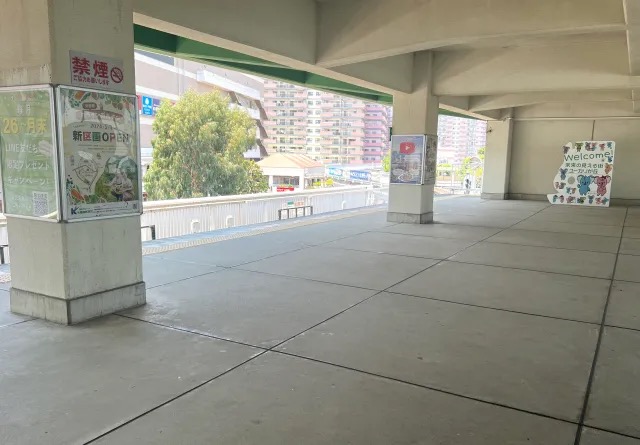
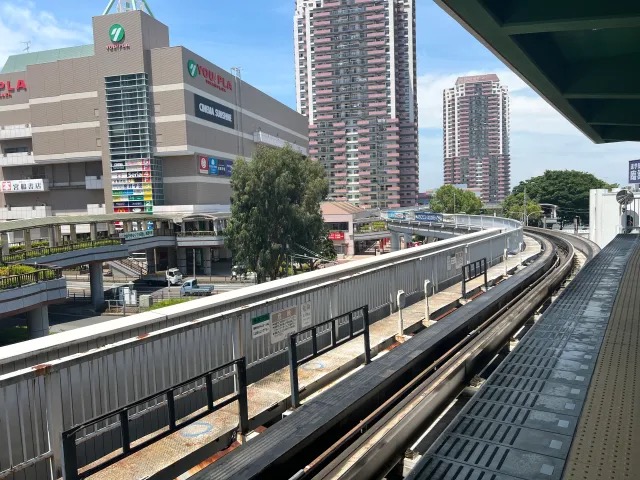
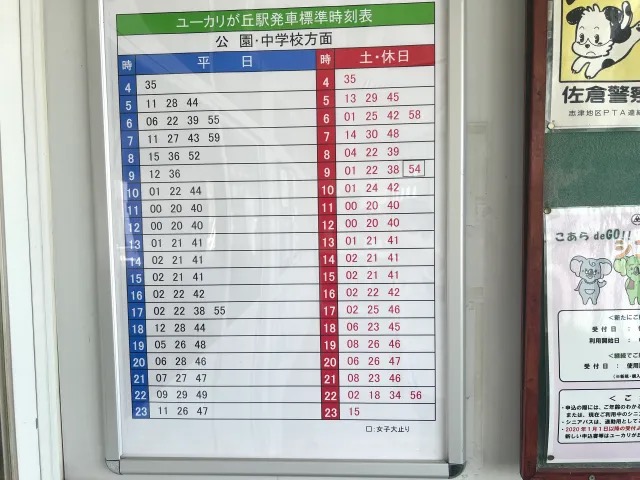
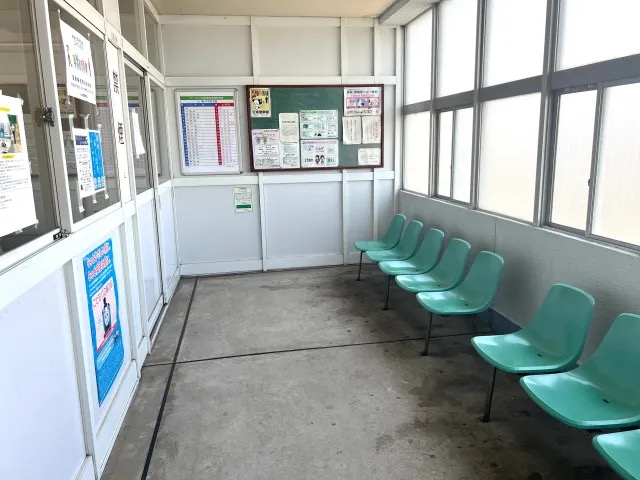
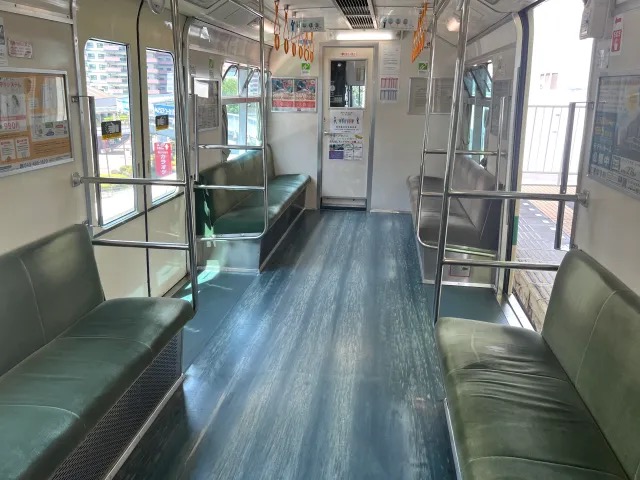
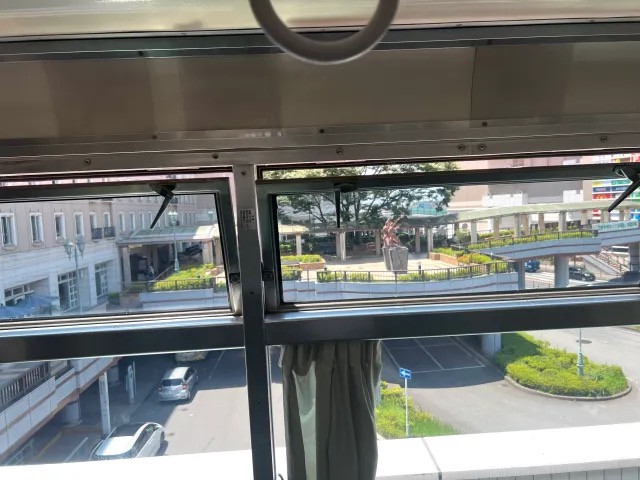
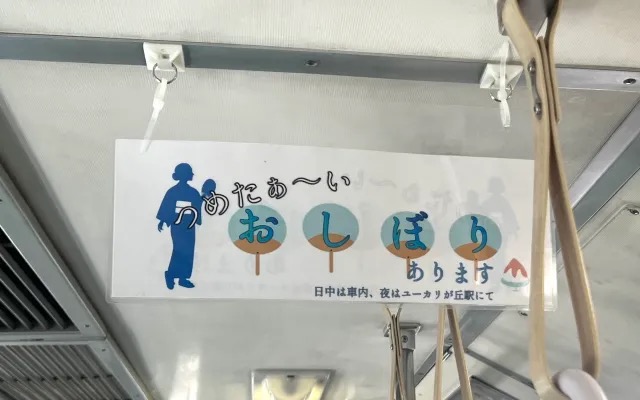
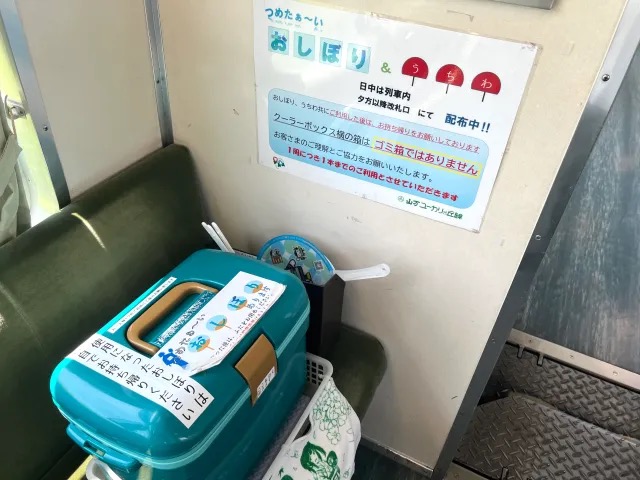
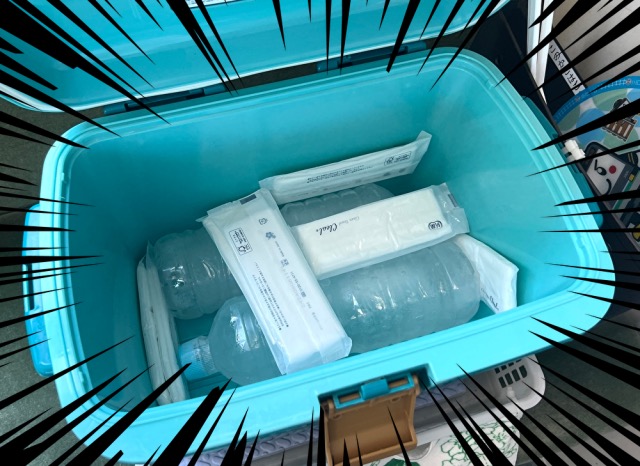
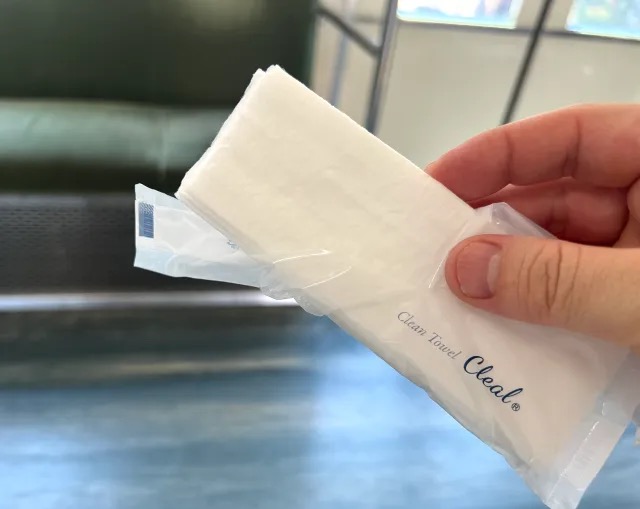
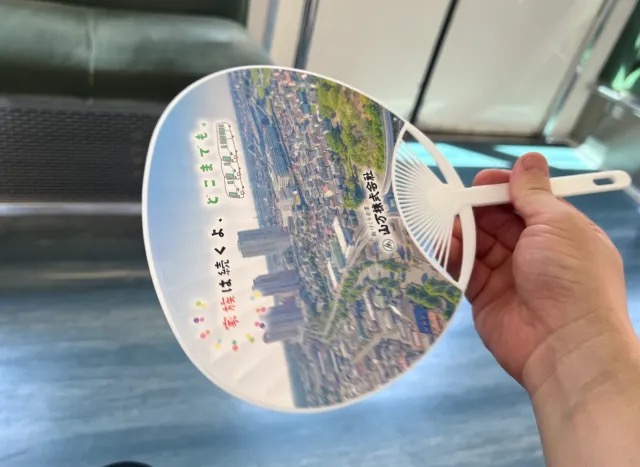
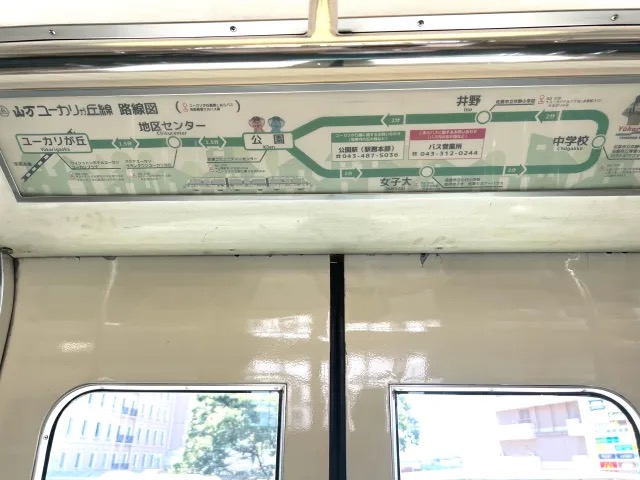
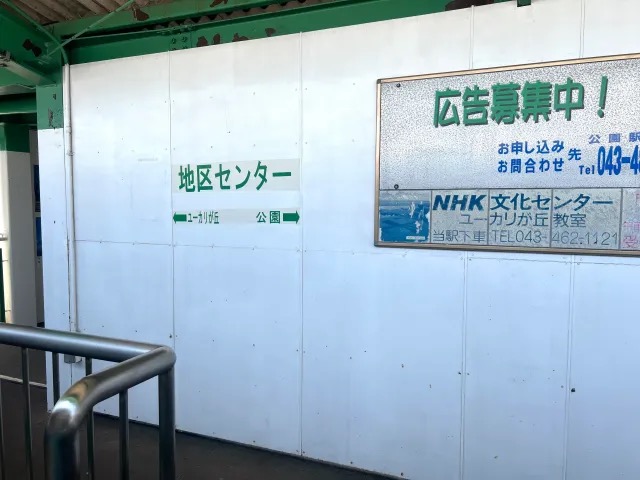
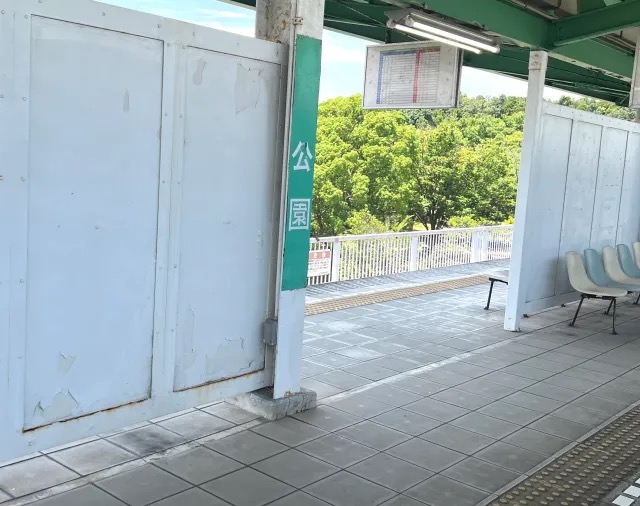
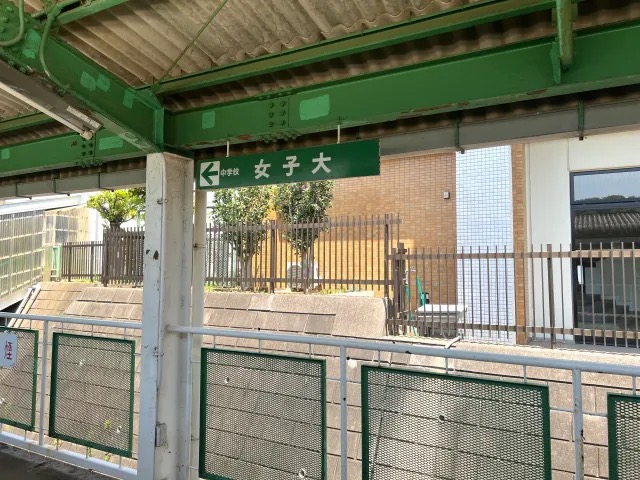
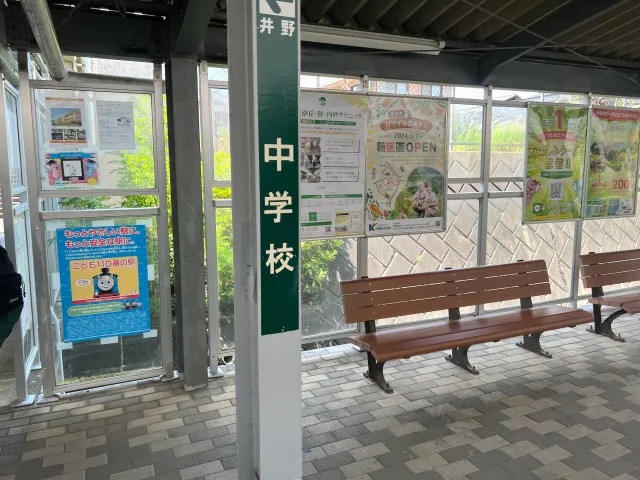
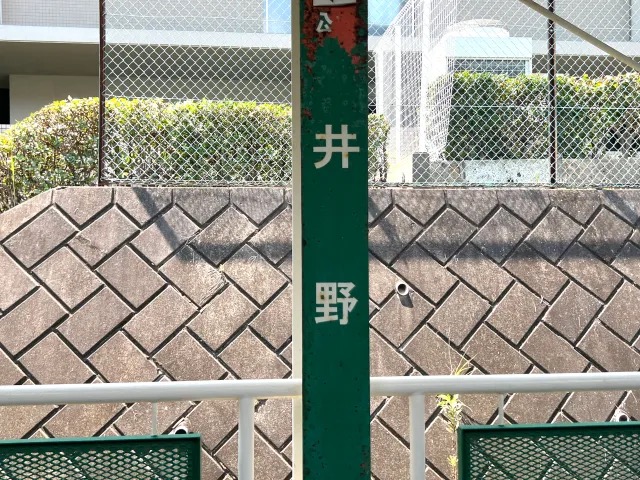
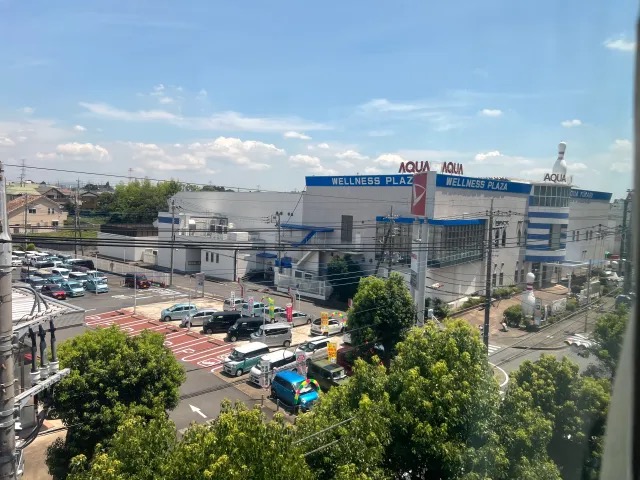
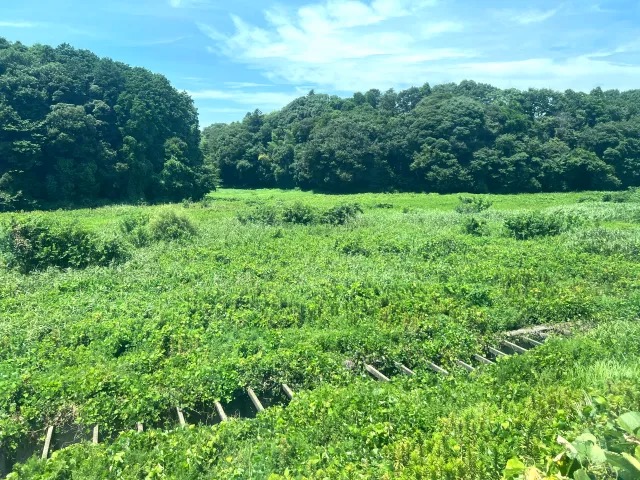
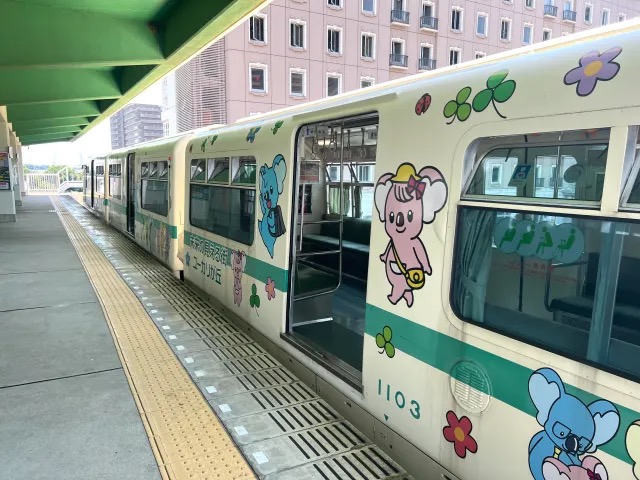
 Visiting Japan’s “Mt. Terror,” said to be the closest point to the afterlife【Photos】
Visiting Japan’s “Mt. Terror,” said to be the closest point to the afterlife【Photos】 Japan’s laziest, least motivated train station ticket gate charms the Internet【Photos】
Japan’s laziest, least motivated train station ticket gate charms the Internet【Photos】 New Welcome to Kanto Pasmo IC Card is the most kawaii way to ride trains on a trip to Japan
New Welcome to Kanto Pasmo IC Card is the most kawaii way to ride trains on a trip to Japan Japan’s new Spacia X train is like travelling in a luxury aircraft
Japan’s new Spacia X train is like travelling in a luxury aircraft Japan’s famous Suica Penguin JR train pass card mascot is “graduating”/being laid off
Japan’s famous Suica Penguin JR train pass card mascot is “graduating”/being laid off Lacquerware supplier to emperor of Japan and Pokémon team up for new tableware
Lacquerware supplier to emperor of Japan and Pokémon team up for new tableware Japan may add Japanese language proficiency, lifestyle classes to permanent foreign resident requirements
Japan may add Japanese language proficiency, lifestyle classes to permanent foreign resident requirements Disillusionment at Tsukiji’s tourist-target prices led us to a great ramen restaurant in Tokyo
Disillusionment at Tsukiji’s tourist-target prices led us to a great ramen restaurant in Tokyo Dragon Quest Burgers and Slime drinks are coming to McDonald’s Japan【Video】
Dragon Quest Burgers and Slime drinks are coming to McDonald’s Japan【Video】 Elderly Kyoto man detained by police for three hours because of hammer in his car
Elderly Kyoto man detained by police for three hours because of hammer in his car Japanese avoiding domestic travel as foreign tourists increase, possibly creating vicious cycle
Japanese avoiding domestic travel as foreign tourists increase, possibly creating vicious cycle Mr. Sato attempts to battle his butt forest with Japan’s affordable Osu! Ass Hair Trimmer
Mr. Sato attempts to battle his butt forest with Japan’s affordable Osu! Ass Hair Trimmer Draw like a Studio Ghibli anime artist with exclusive watercolour set approved by Hayao Miyazaki
Draw like a Studio Ghibli anime artist with exclusive watercolour set approved by Hayao Miyazaki I had no idea you could win crane game prizes in Japan the way my friend won this Dragon Quest Slime
I had no idea you could win crane game prizes in Japan the way my friend won this Dragon Quest Slime The top 10 haunted spots in Japan as chosen by a professional ghost chaser
The top 10 haunted spots in Japan as chosen by a professional ghost chaser 7-Eleven Japan starts new temporary luggage storage service in over 300 branches
7-Eleven Japan starts new temporary luggage storage service in over 300 branches Starbucks teams up with 166-year-old Kyoto doll maker for Year of the Horse decorations【Photos】
Starbucks teams up with 166-year-old Kyoto doll maker for Year of the Horse decorations【Photos】 Tokyo’s Tsukiji sushi neighborhood asks tour groups to stay away for the rest of the month
Tokyo’s Tsukiji sushi neighborhood asks tour groups to stay away for the rest of the month Starbucks Japan releases new zodiac chilled cup drink for 2026
Starbucks Japan releases new zodiac chilled cup drink for 2026 Street Fighter Hadouken Churros to be launched and eaten in Tokyo, Okami pudding on offer too
Street Fighter Hadouken Churros to be launched and eaten in Tokyo, Okami pudding on offer too Is this the most relaxing Starbucks in Japan?
Is this the most relaxing Starbucks in Japan? Starbucks on a Shinkansen bullet train platform: 6 tips for using the automated store in Japan
Starbucks on a Shinkansen bullet train platform: 6 tips for using the automated store in Japan Large amount of supposed human organs left in Osaka marketplace
Large amount of supposed human organs left in Osaka marketplace Japan’s human washing machines will go on sale to general public, demos to be held in Tokyo
Japan’s human washing machines will go on sale to general public, demos to be held in Tokyo Japanese train company is letting fans buy its actual ticket gates for their homes
Japanese train company is letting fans buy its actual ticket gates for their homes Tokyo considering law requiring more trash cans following litter increase in heavily touristed area
Tokyo considering law requiring more trash cans following litter increase in heavily touristed area Is China’s don’t-go-to-Japan warning affecting tourist crowds in Tokyo’s Asakusa neighborhood?
Is China’s don’t-go-to-Japan warning affecting tourist crowds in Tokyo’s Asakusa neighborhood? Nintendo’s Kirby now delivering orders at Kura Sushi restaurants, but not in Japan
Nintendo’s Kirby now delivering orders at Kura Sushi restaurants, but not in Japan Tokyo event lets you travel back in time, for free, to celebrate 100 years since Showa era start
Tokyo event lets you travel back in time, for free, to celebrate 100 years since Showa era start Survey asks foreign tourists what bothered them in Japan, more than half gave same answer
Survey asks foreign tourists what bothered them in Japan, more than half gave same answer Japan’s deadliest food claims more victims, but why do people keep eating it for New Year’s?
Japan’s deadliest food claims more victims, but why do people keep eating it for New Year’s? We deeply regret going into this tunnel on our walk in the mountains of Japan
We deeply regret going into this tunnel on our walk in the mountains of Japan Studio Ghibli releases Kodama forest spirits from Princess Mononoke to light up your home
Studio Ghibli releases Kodama forest spirits from Princess Mononoke to light up your home Major Japanese hotel chain says reservations via overseas booking sites may not be valid
Major Japanese hotel chain says reservations via overseas booking sites may not be valid Put sesame oil in your coffee? Japanese maker says it’s the best way to start your day【Taste test】
Put sesame oil in your coffee? Japanese maker says it’s the best way to start your day【Taste test】 The top 10 annoying foreign tourist behaviors on trains, as chosen by Japanese people【Survey】
The top 10 annoying foreign tourist behaviors on trains, as chosen by Japanese people【Survey】 No more using real katana for tourism activities, Japan’s National Police Agency says
No more using real katana for tourism activities, Japan’s National Police Agency says Starbucks Japan reveals new sakura drinkware collection, inspired by evening cherry blossoms
Starbucks Japan reveals new sakura drinkware collection, inspired by evening cherry blossoms
Leave a Reply